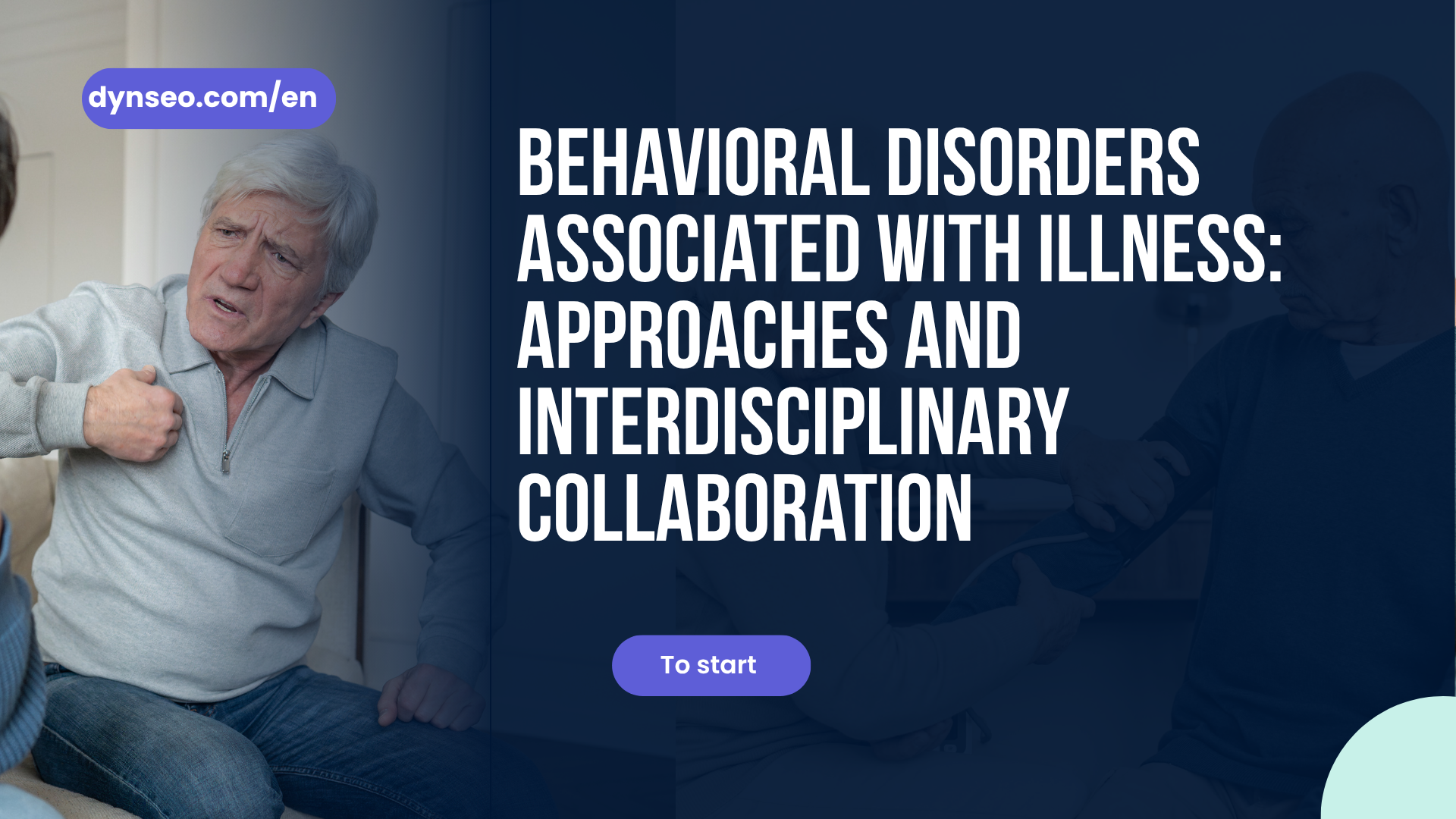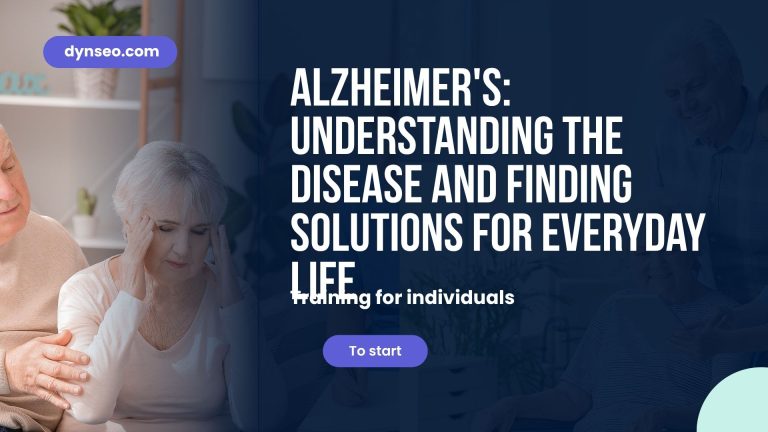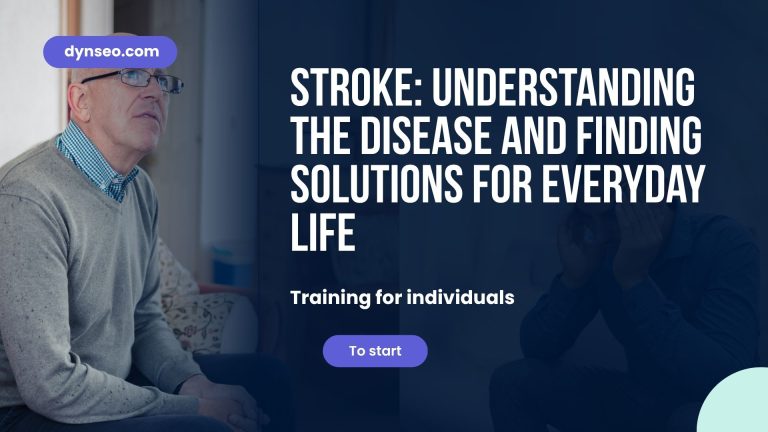Alzheimer’s: understanding the disease and finding solutions for everyday life
This training course gives you a clear understanding of Alzheimer’s disease and its progression. You’ll learn why memory, attention and communication disorders appear, and above all how they impact on daily life. Through practical, easy-to-implement advice, you’ll learn how to adapt the home environment, make daily activities safer and preserve your loved one’s quality of […]













